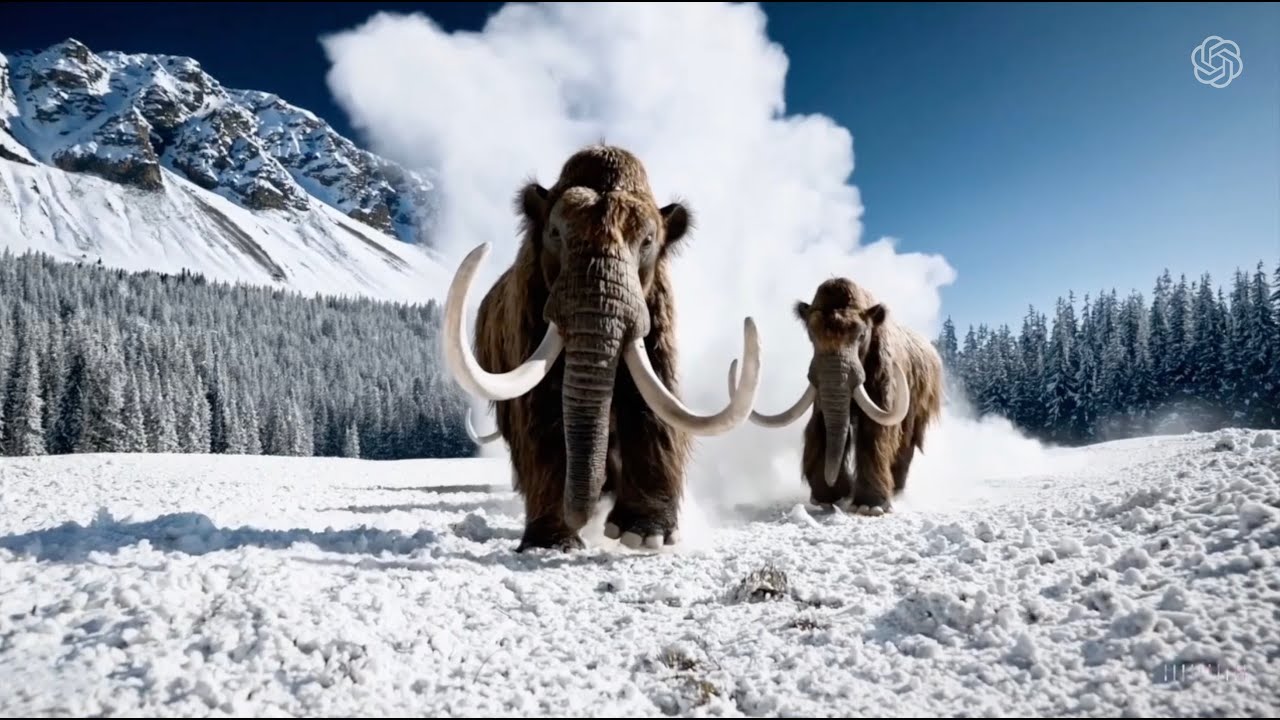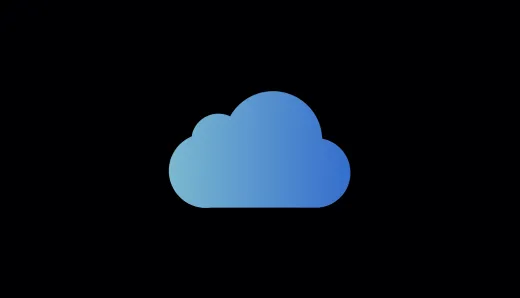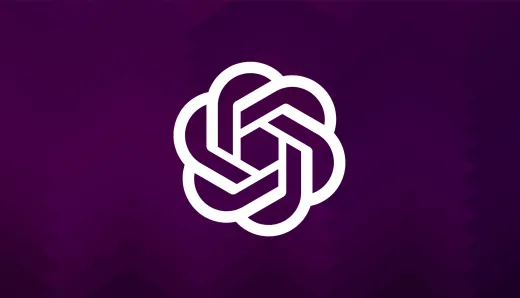Mira Murti: 'OpenAI’s Sora to be made available for the public soon'
It’s official- OpenAI’s Sora will be made available for the public to try its hands by the end of this year. It’s coming straight from the horse’s mouth, the OpenAI chief technology officer Mira Murati. In an interview that was good enough to “freak out” The Wall Street Journal, Mira Murati, in her exclusive interview to Joana Stern said that the text-to-video generator, Sora, could just help you create your own videos in a few months.
What is Sora from OpenAI?
In February, OpenAI first launched Sora, an AI model that can create realistic and imaginative scenes from text instructions. For the starters, the company made the tool available to graphic designers, visual artists and filmmakers, but a few really cool Sora-generated AI videos were found trending on X.
OpenAI in its introduction says, “We’re teaching AI to understand and simulate the physical world in motion, with the goal of training models that help people solve problems that require real-world interaction.”
Sora can create one-minute videos based on the user’s prompt while maintaining good video quality throughout the length.
OpenAI CTO Mira Murati: ‘We also plan to add audio capabilities to Sora'
Mira Murati from OpenAI also says that the company is planning to add audio capabilities to the AI video generation tool Sora, giving the scenes a ‘hyper-realistic’ touch.
Apart from just generating videos from text prompts, Mira Murti says that OpenAI also wants people to edit the videos to better suit the mood and accuracy. Murati said, "We're trying to let people use this as a tool they can edit and create with."
Sora is trained on a dataset that is either licensed or publicly available. Mira Murti, while restricting her words on the details of data that Sora uses, also said that she wasn’t very sure of the videos used from Instagram, Facebook, and YouTube, but confirmed the use of content from Shutterstock, OpenAI’s partner.
Creating video from text: Creativity at what cost?
With the 2024 presidential election in the US and Loksabha Election in 2024 in India, the concerns about the potential of generative AI tools to create inappropriate content and misinformation have only increased.
When released, Murati says Sora likely won’t be able to produce images of public figures, similar to DALL-E’s policies. Videos will also have a watermark to distinguish them from the real thing. But are watermarks a perfect solution?
As Sora sets itself to stimulate the physical world into motion, and before it gets into the hands of the public, OpenAI has also made it accessible to the ‘red teamers to assess critical areas for harm or risks’.
OpenAI says, “We’ll be taking several important safety steps ahead of making Sora available in OpenAI’s products. We are working with red teamers — domain experts in areas like misinformation, hateful content, and bias — who are adversarially testing the model.”
DXP Perspective
In our recent podcast, we had the pleasure of interviewing Dr. Lakshmi Vaswani, an experienced medical content writer. During our insightful discussion, she delved into the challenges posed by the rapid advancement of artificial intelligence (AI). One of the primary concerns she raised was AI's ability to generate "deep fake" videos, which can blur the lines between reality and fabrication.
Dr. Vaswani expressed her worry for the newer generation, born into the AI era, who may struggle to distinguish between authentic and artificially created content. Consequently, she emphasized that one of the biggest challenges we face is the need for effective regulation to govern the use of AI.
As she eloquently put it, government authorities must find a balance where artificial intelligence complements human intelligence, rather than overpowering it. The goal should be to harness AI's potential to enhance creativity while ensuring it serves its intended purpose and does not undermine the integrity of information.





